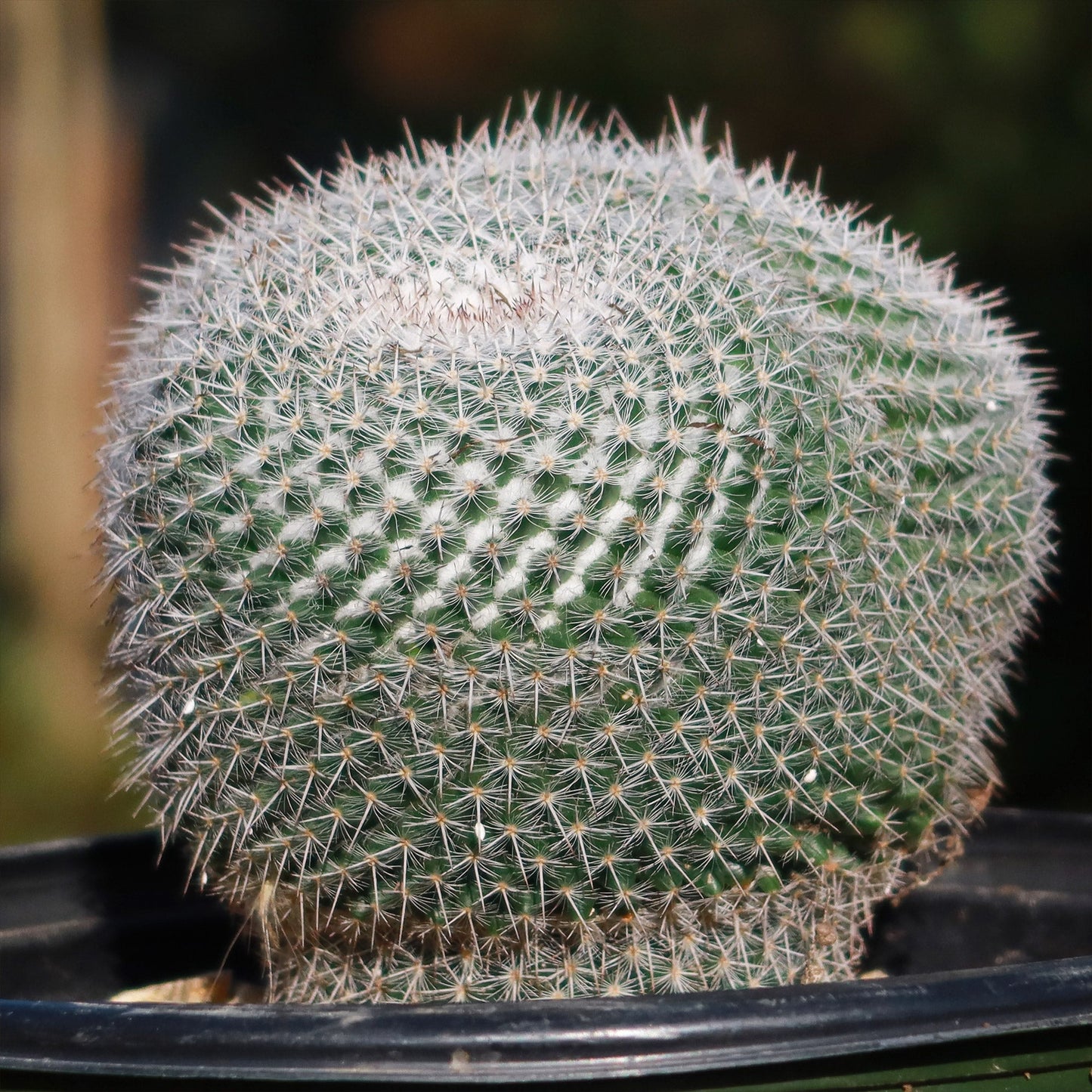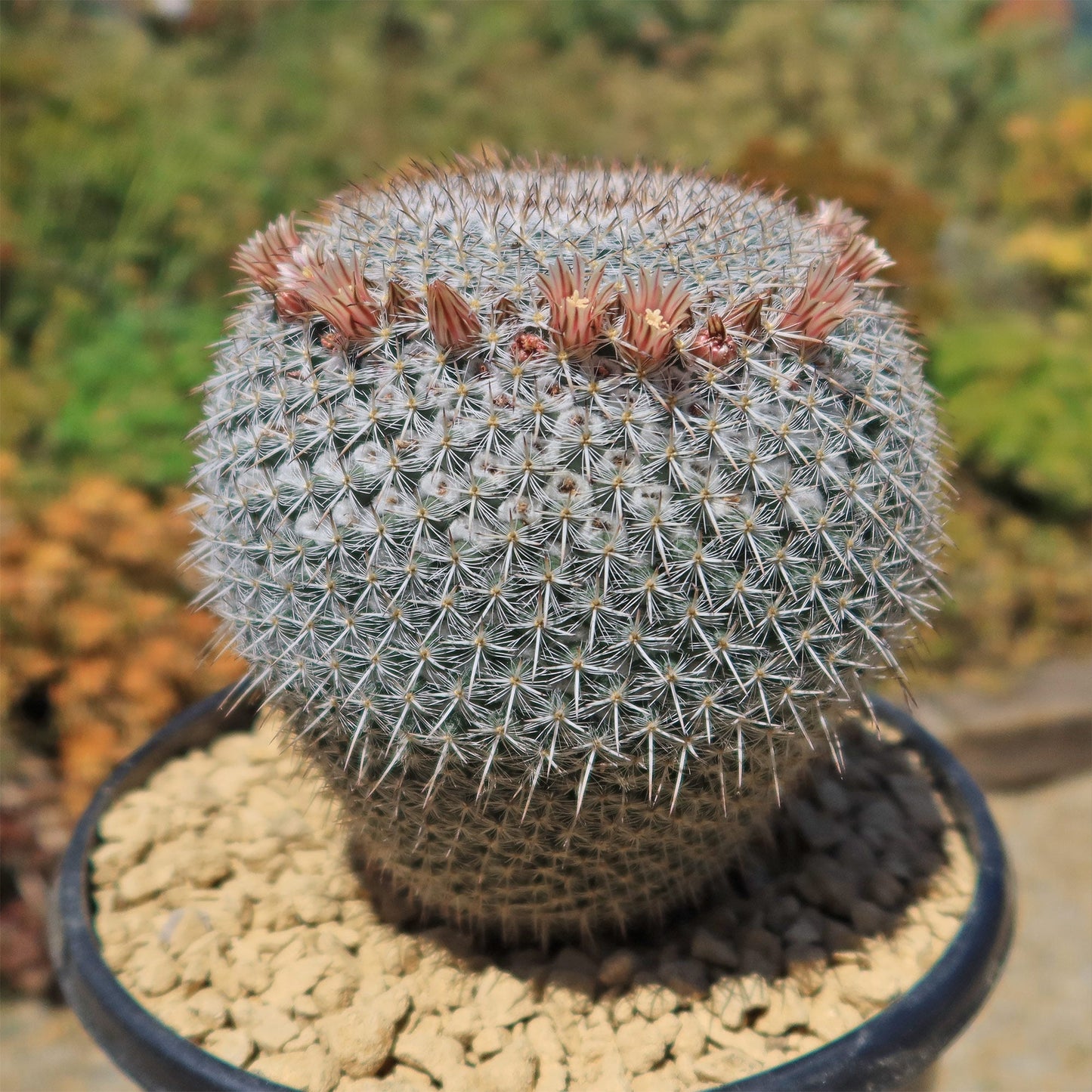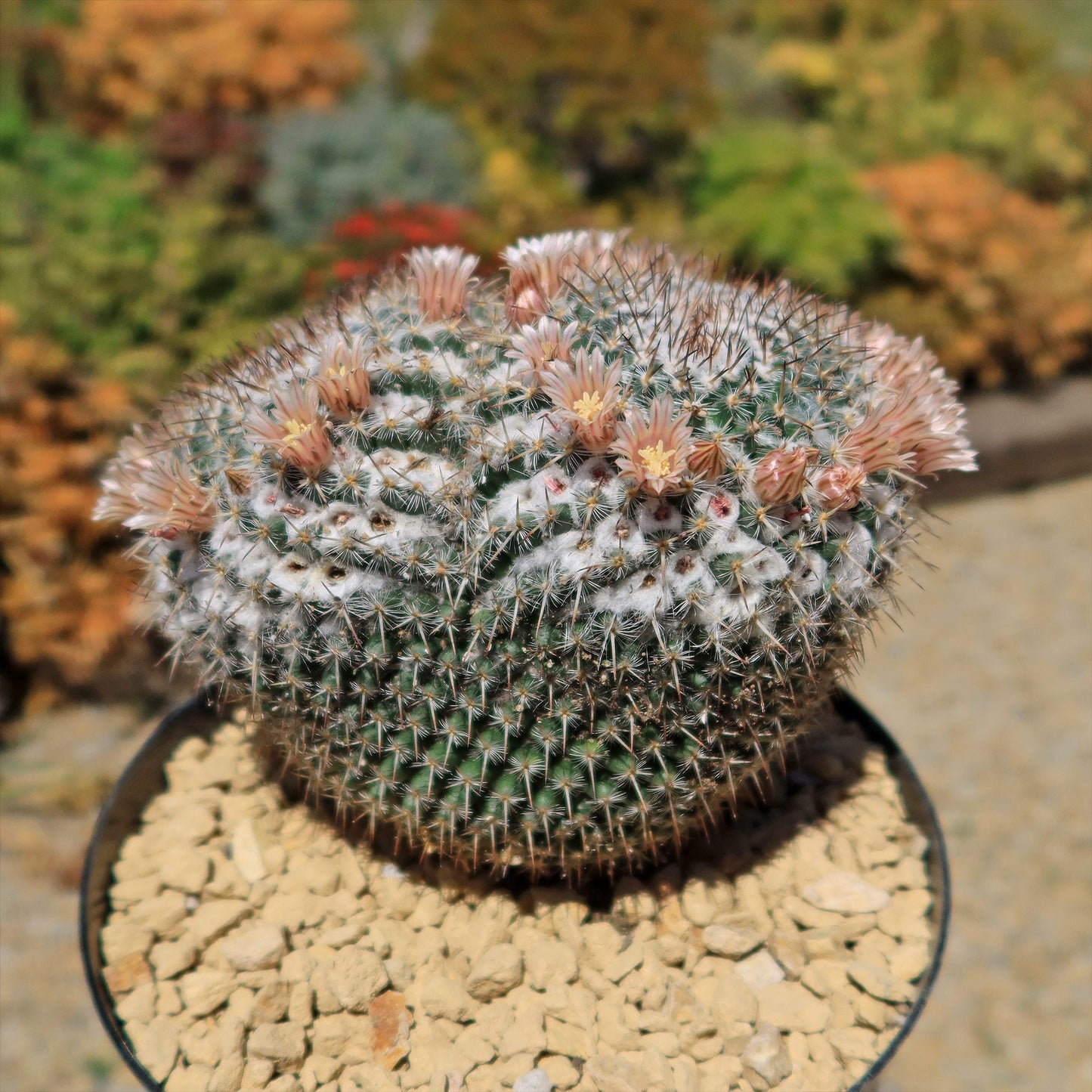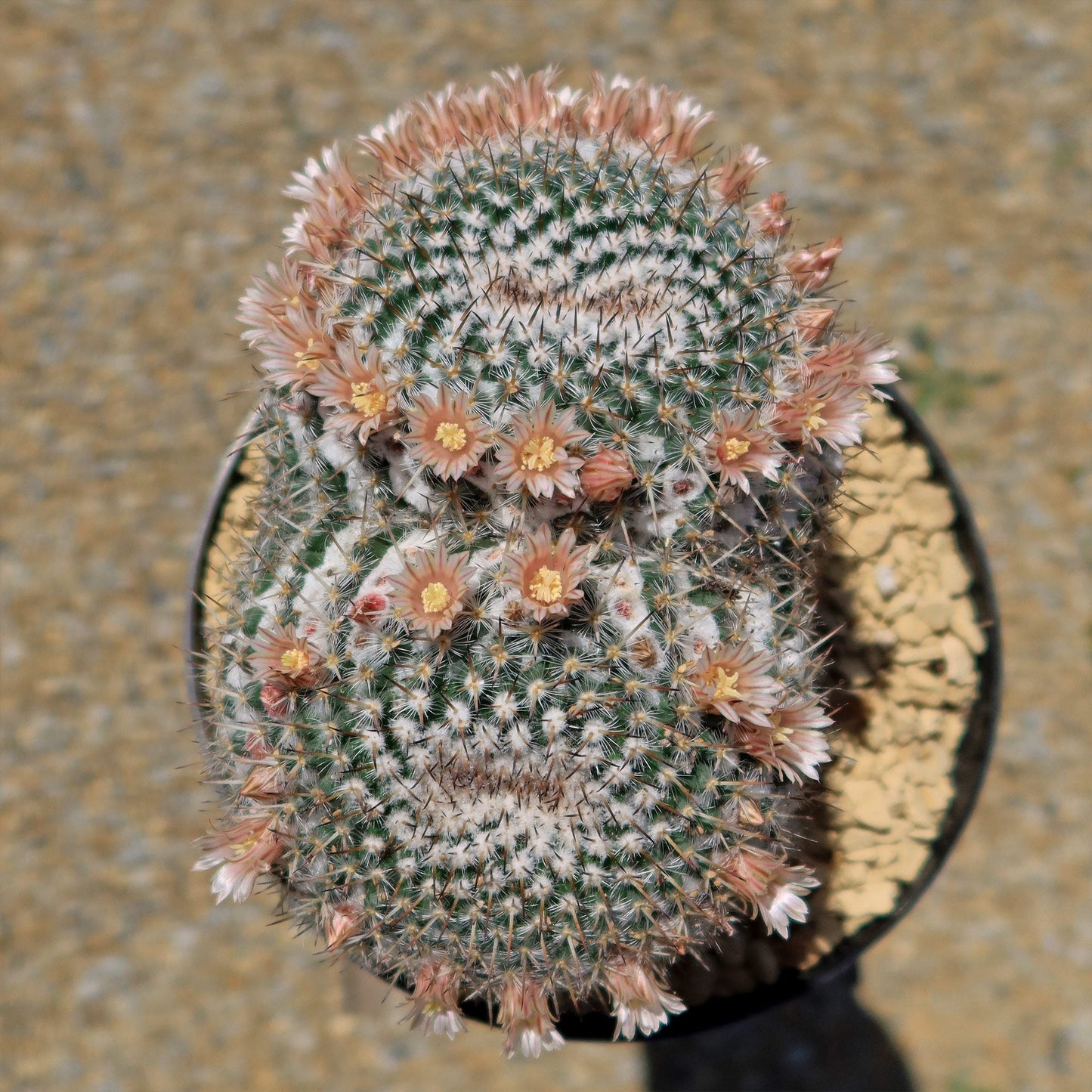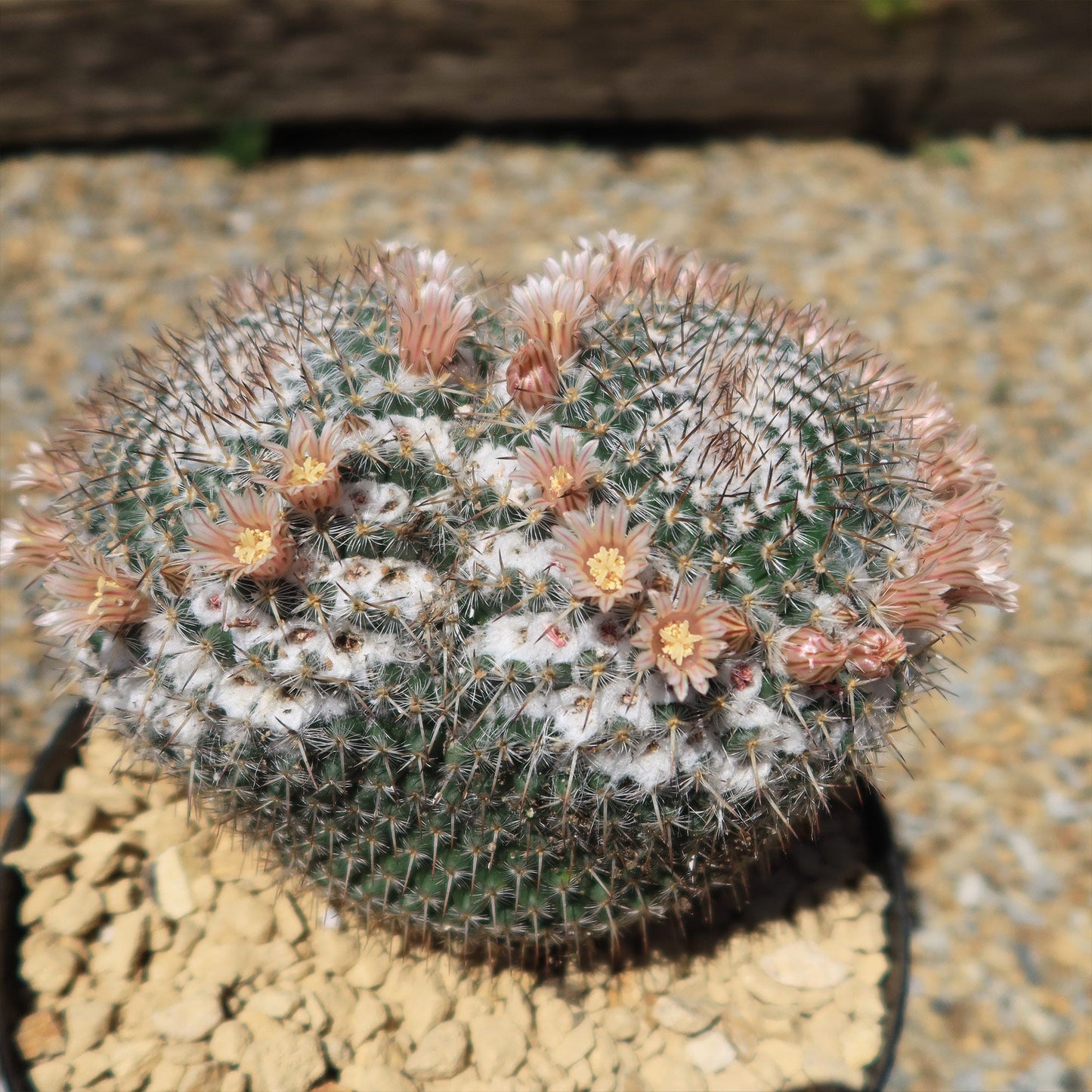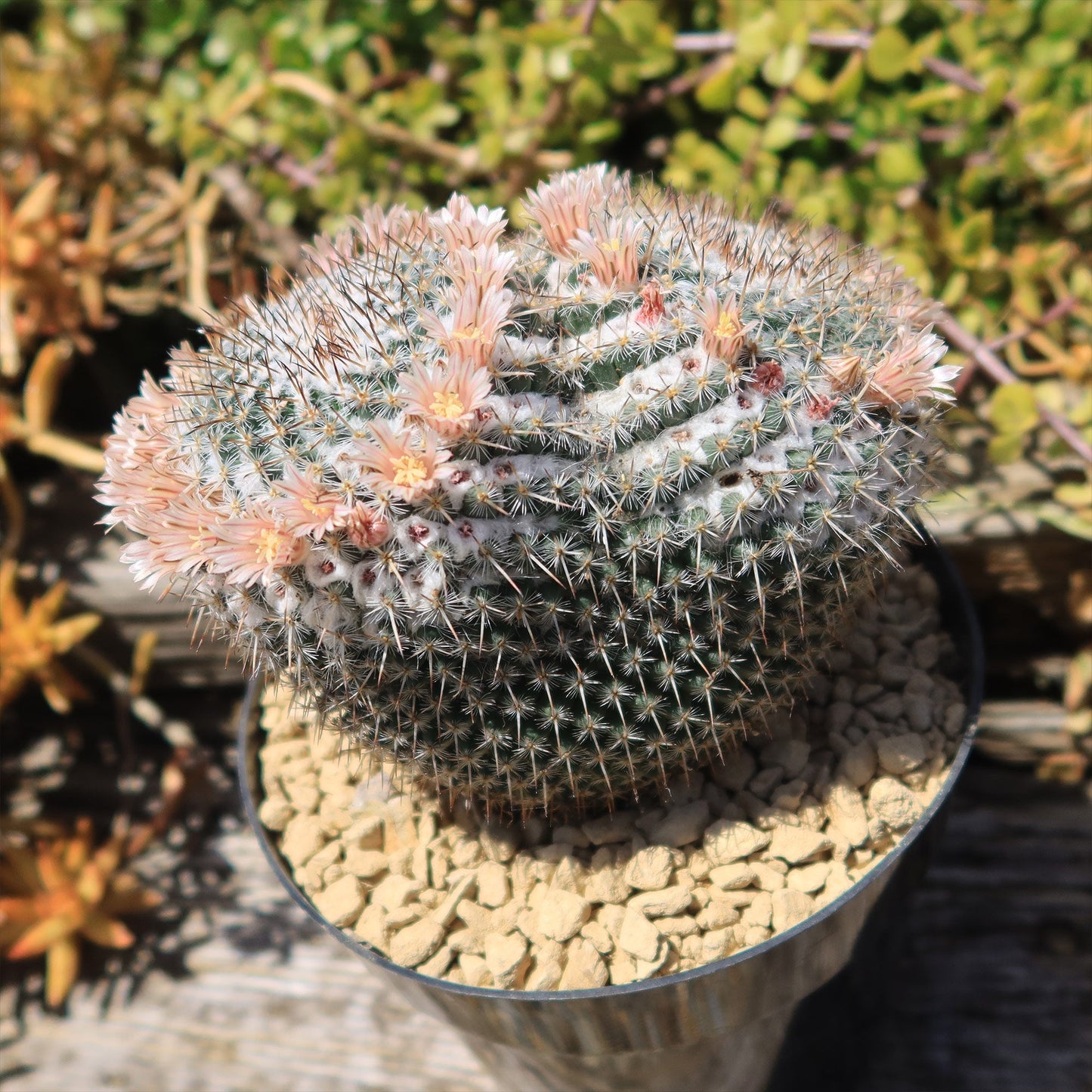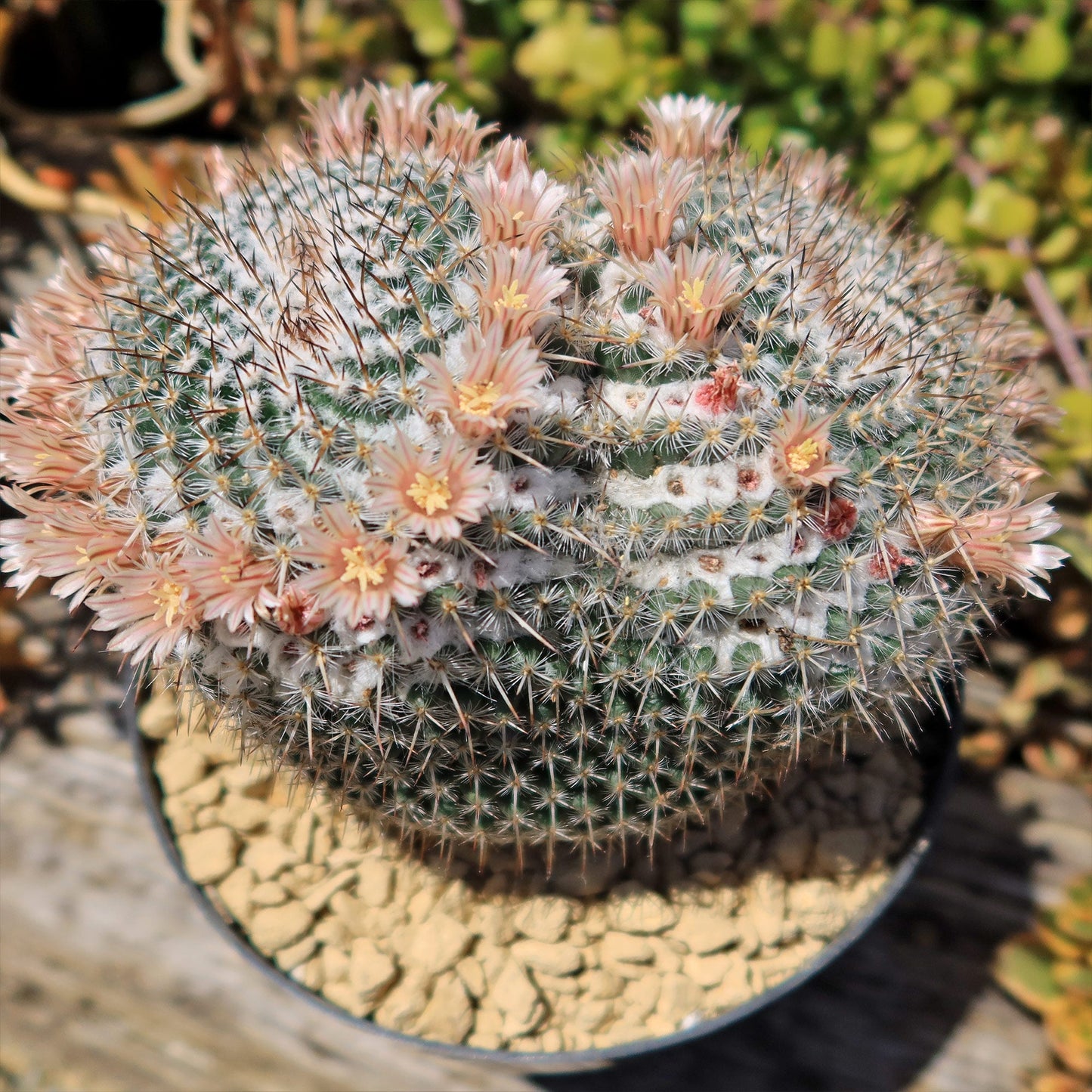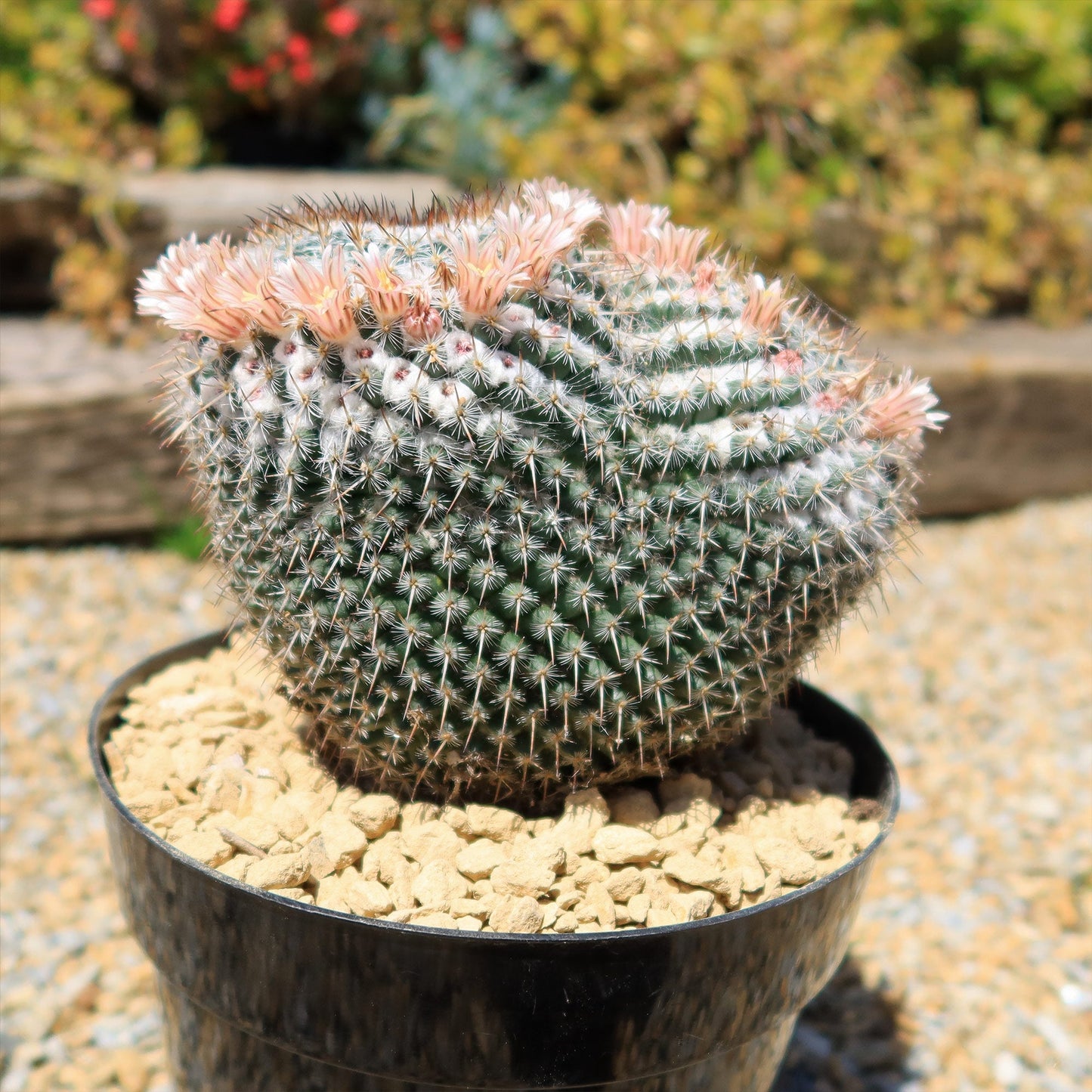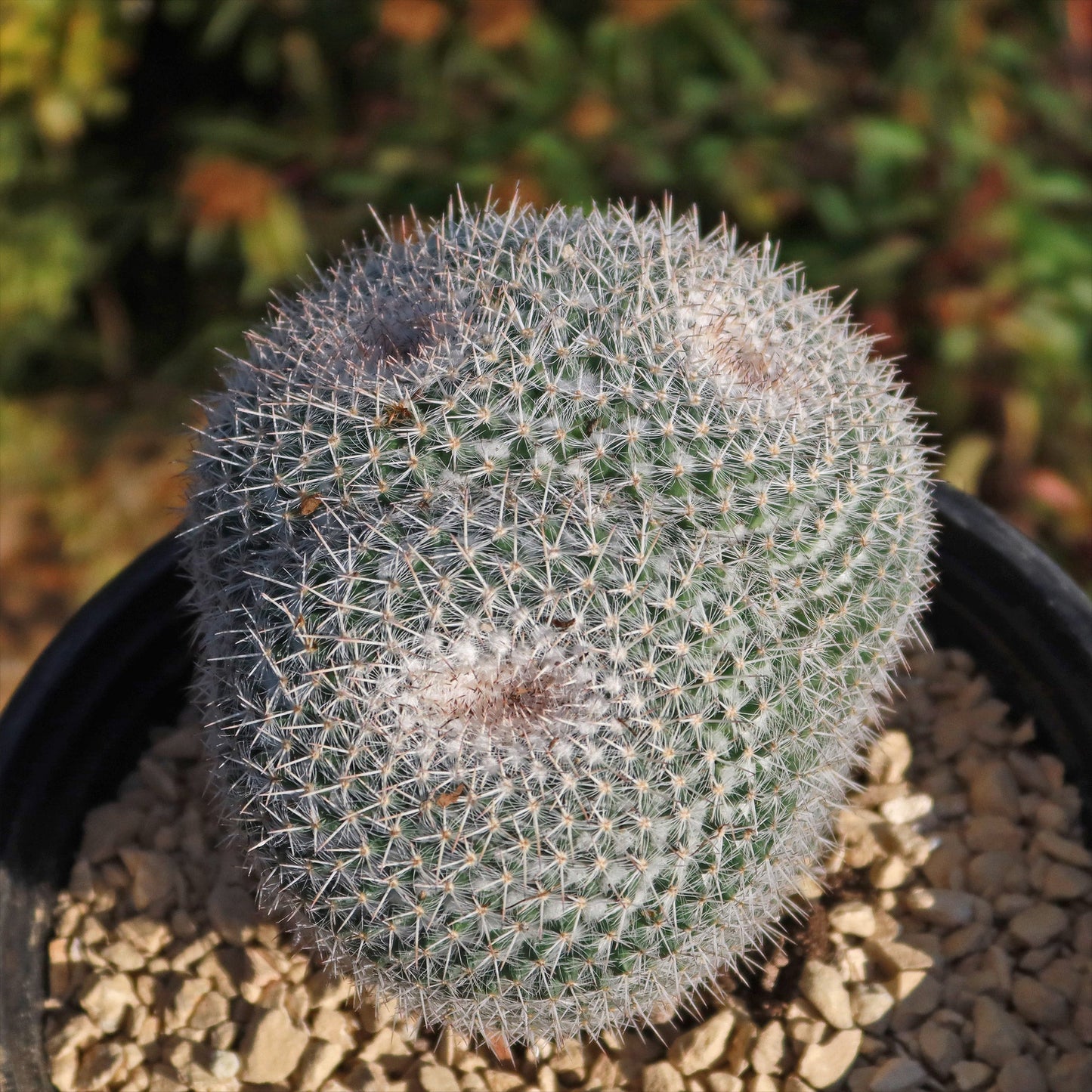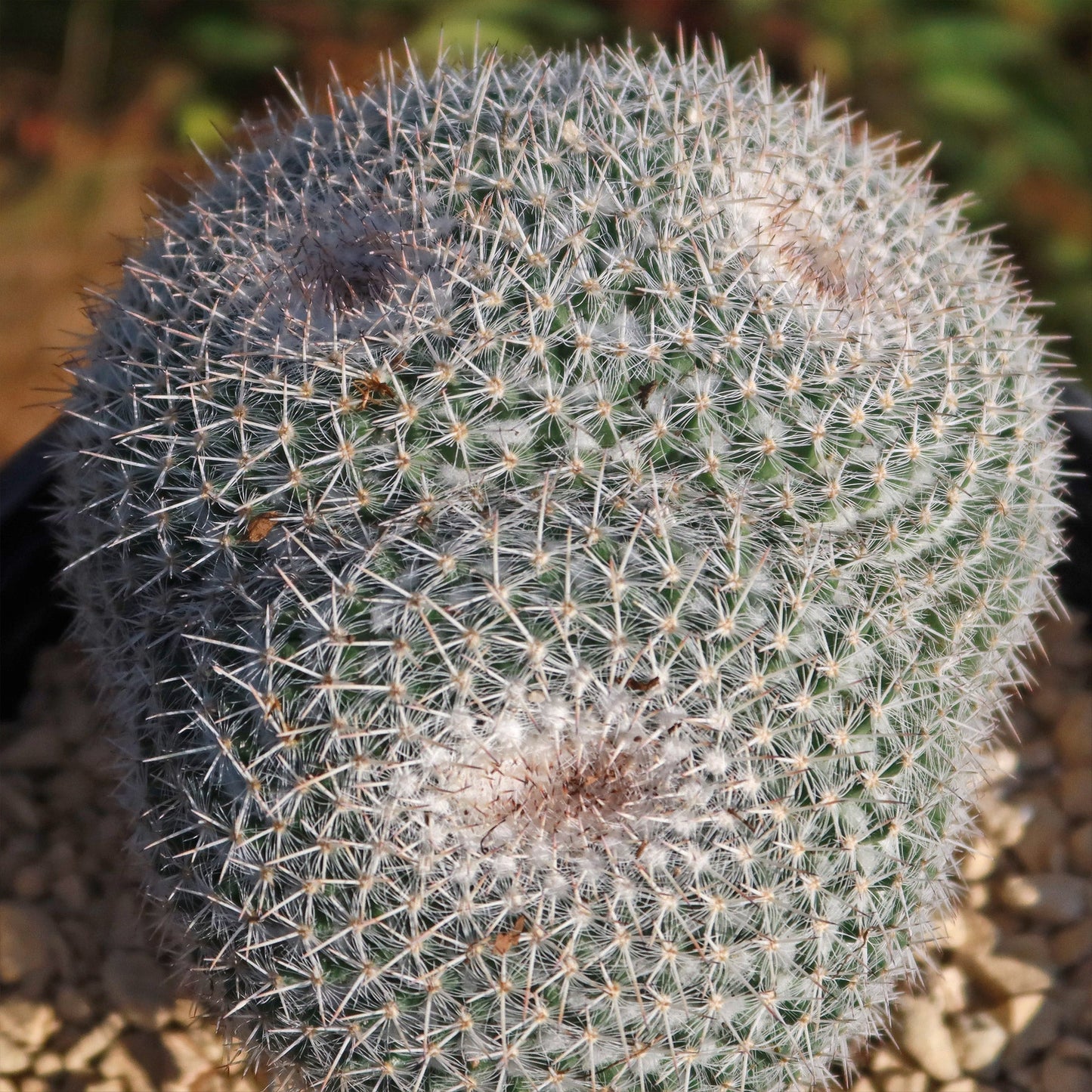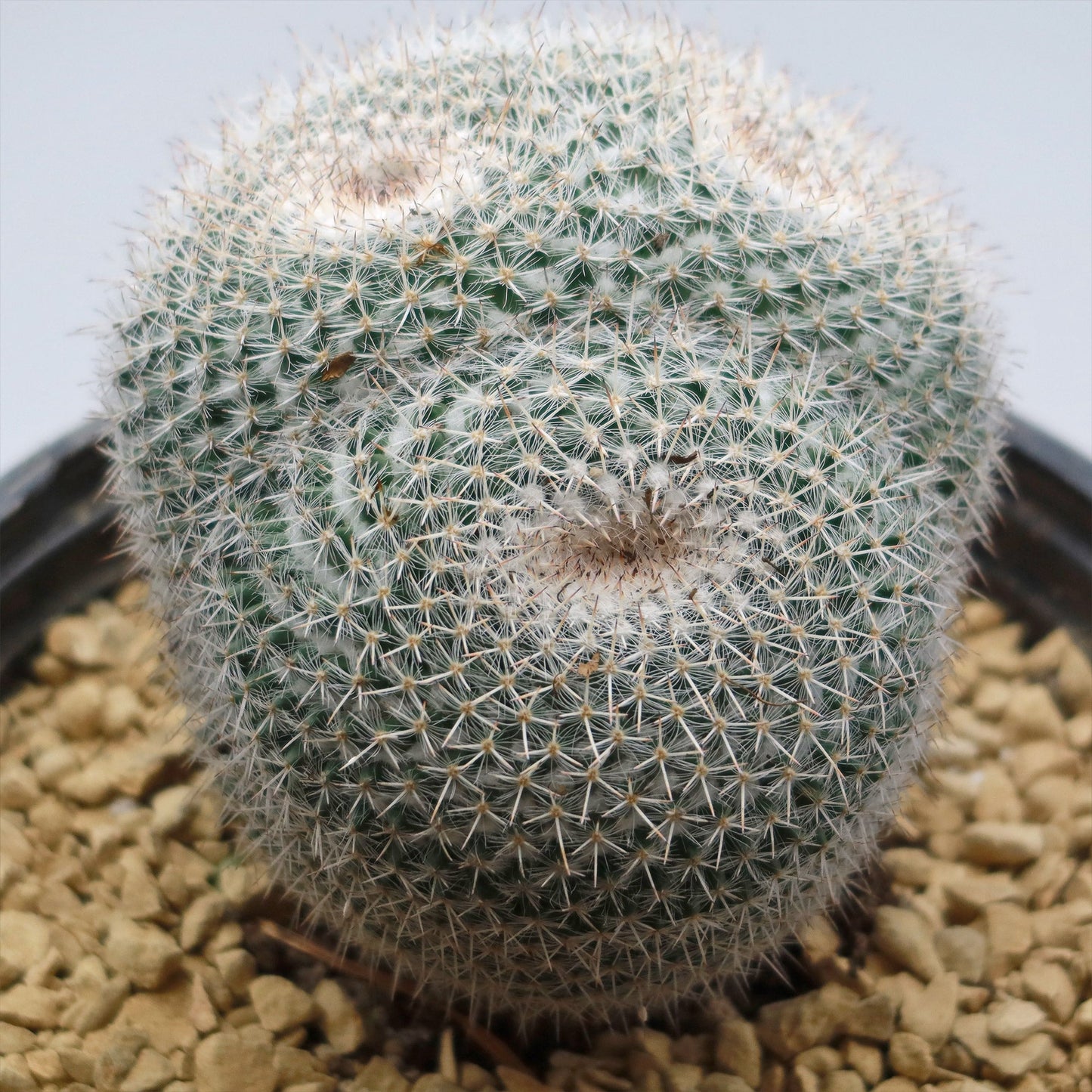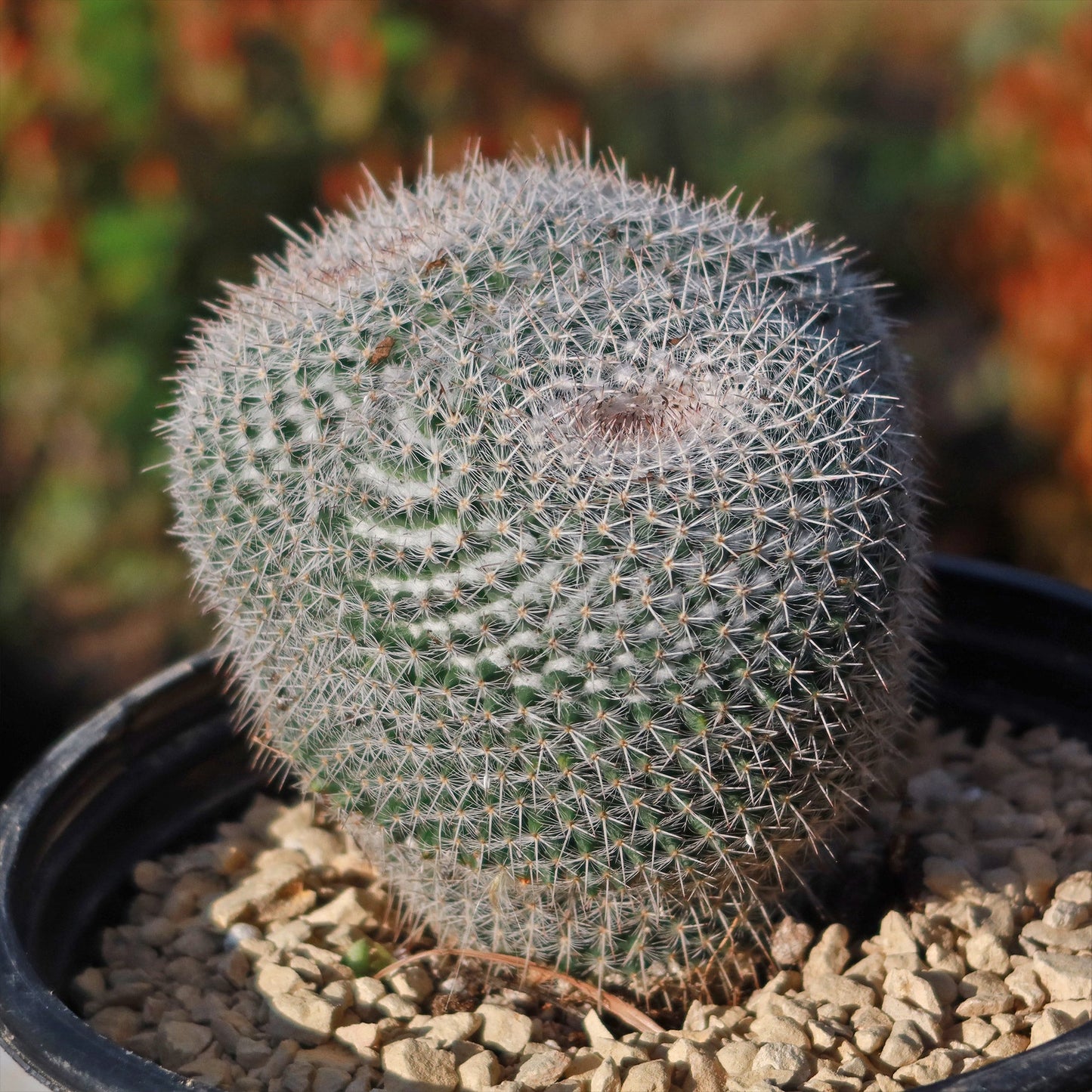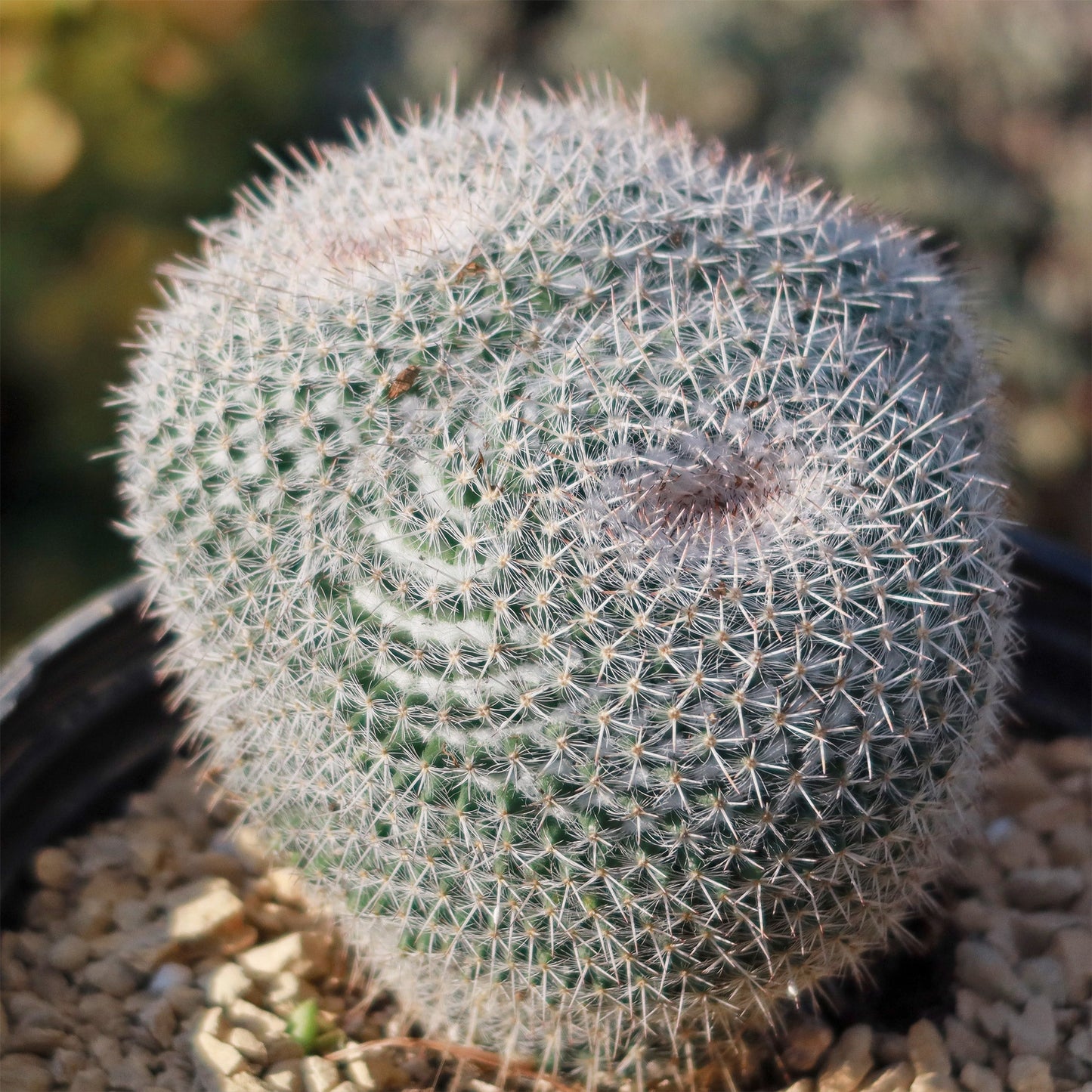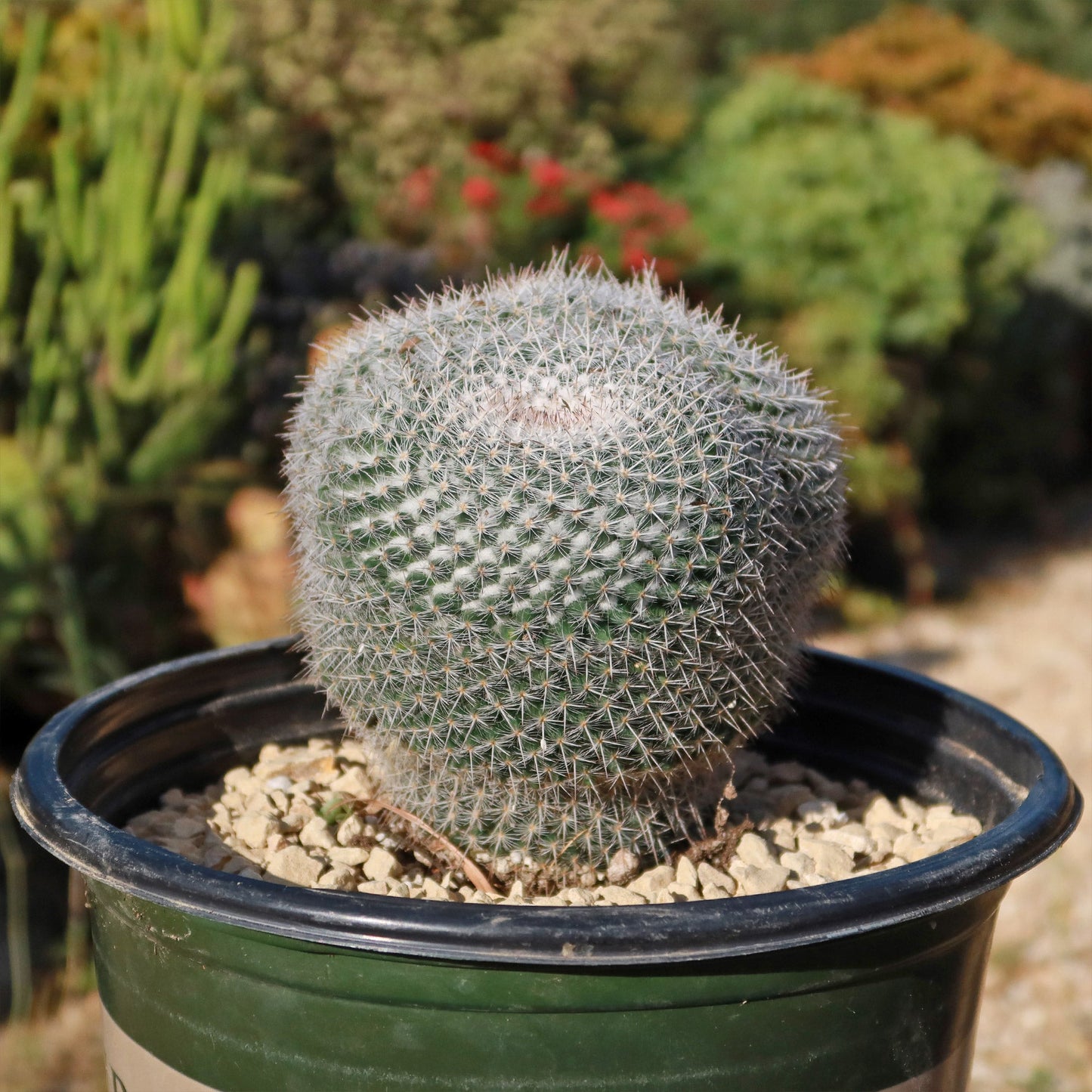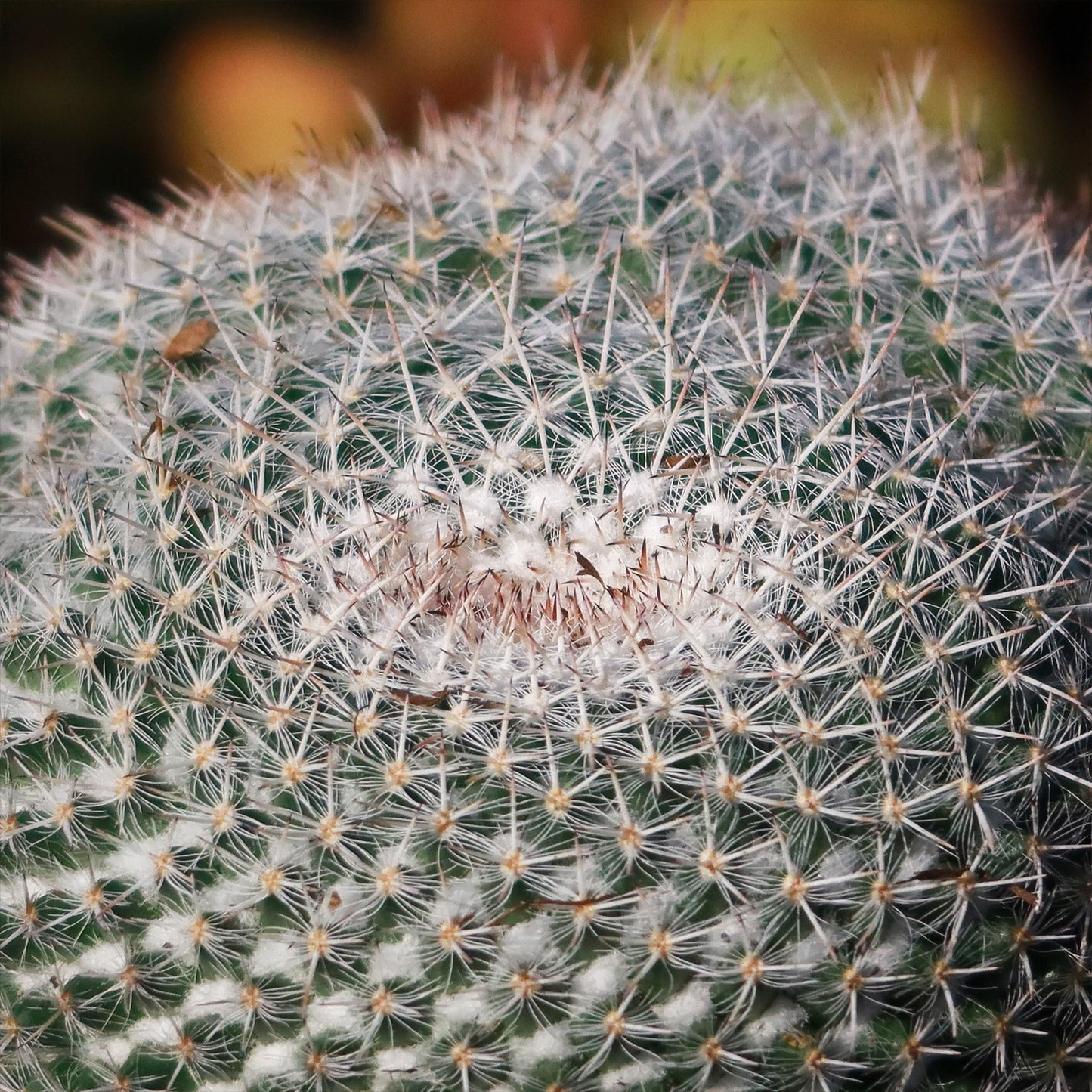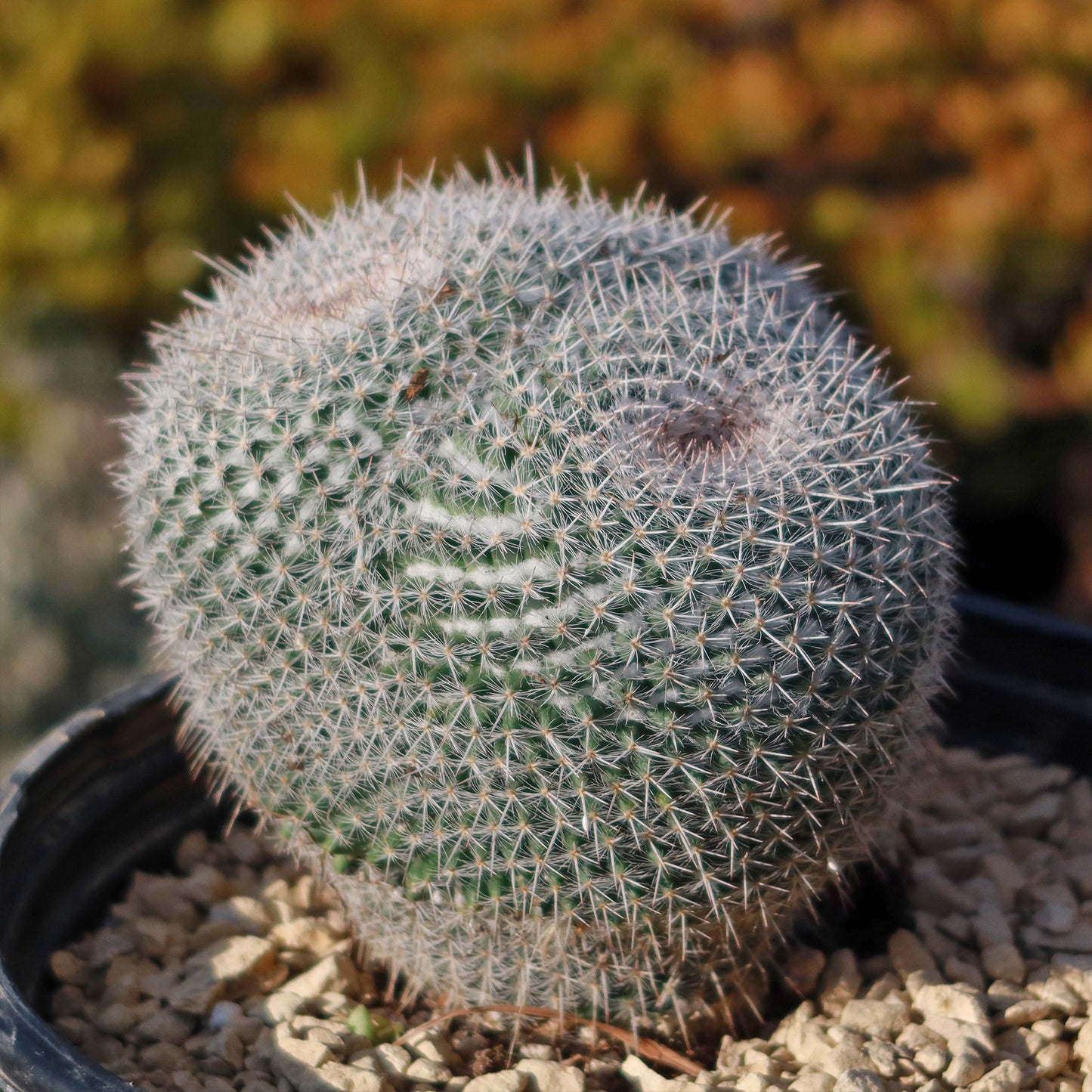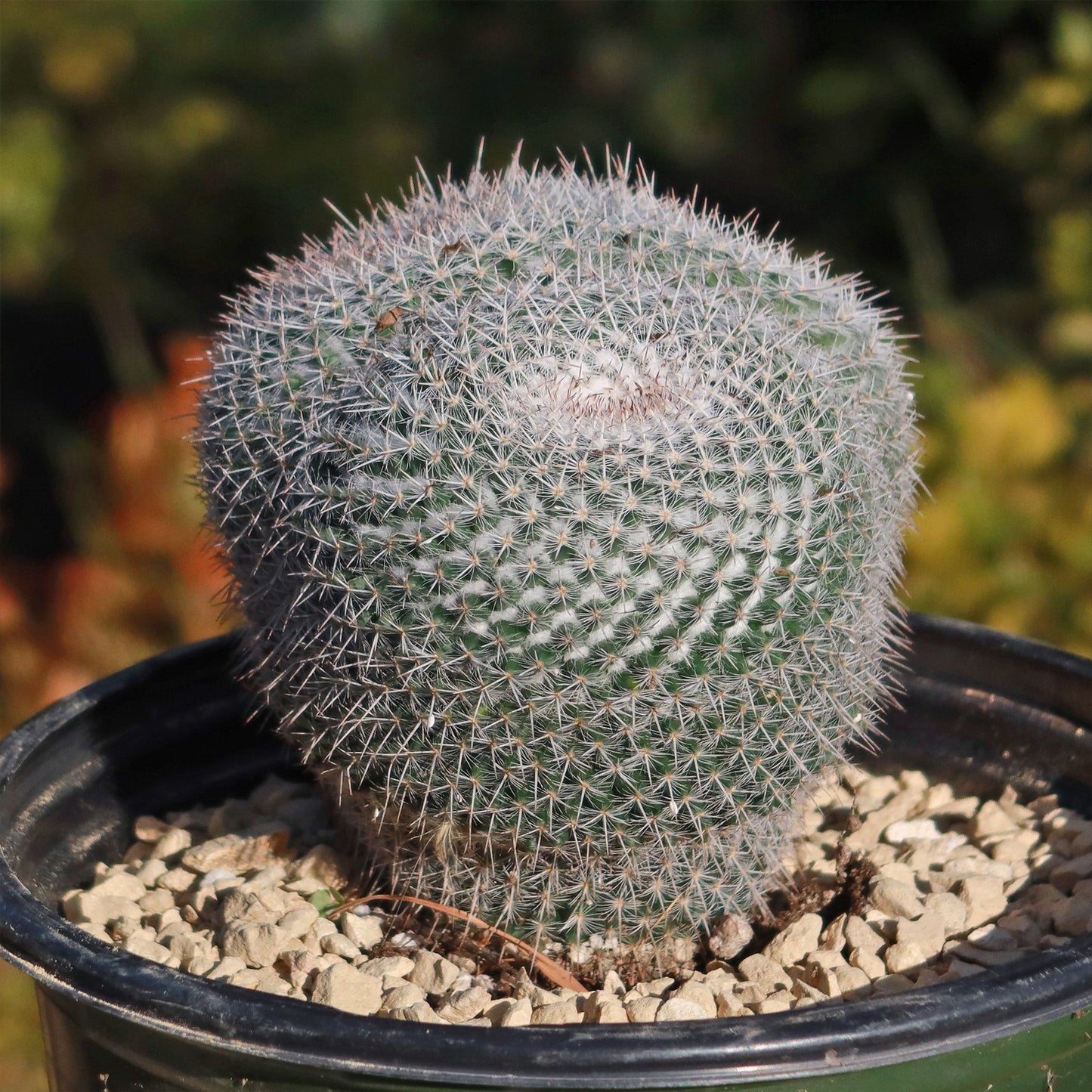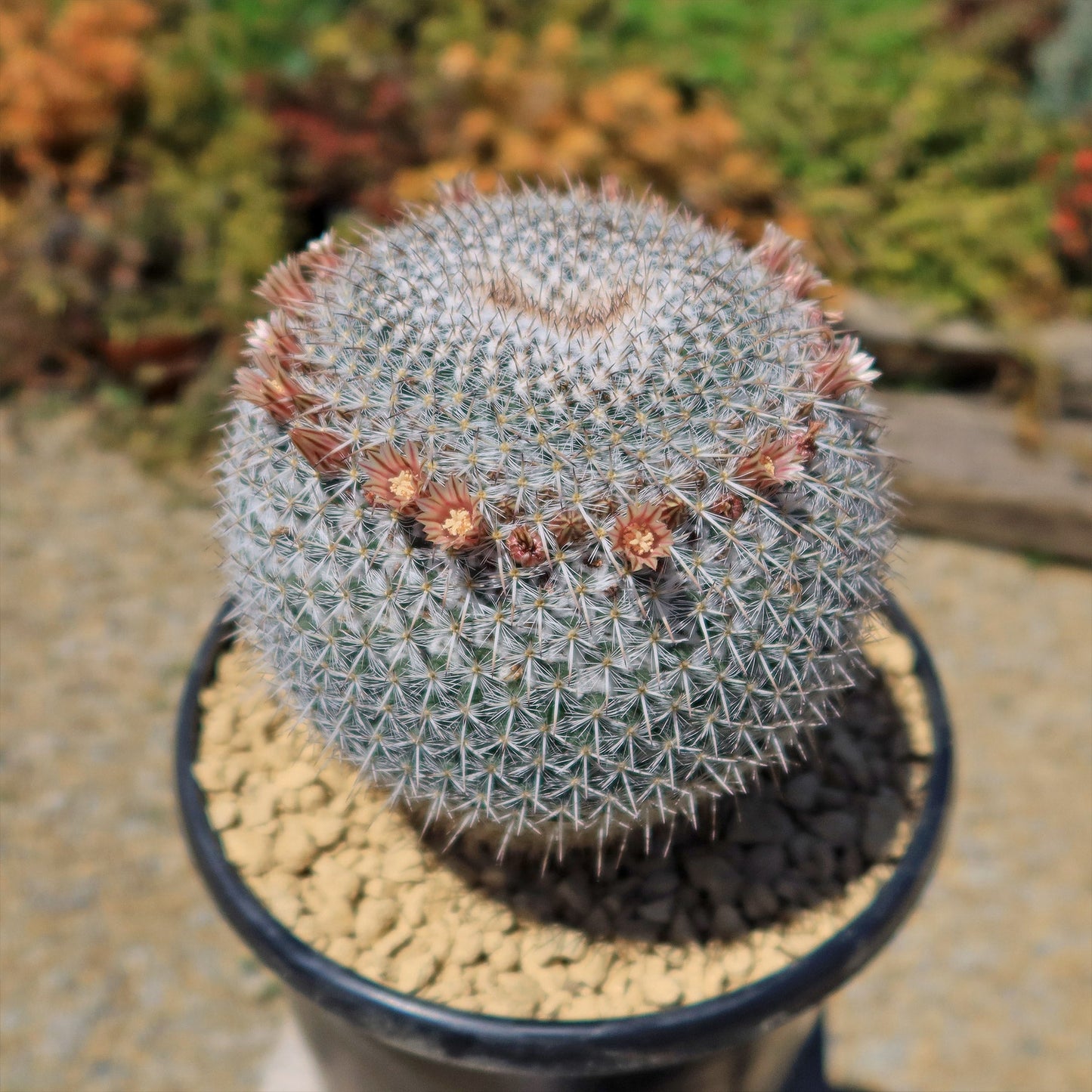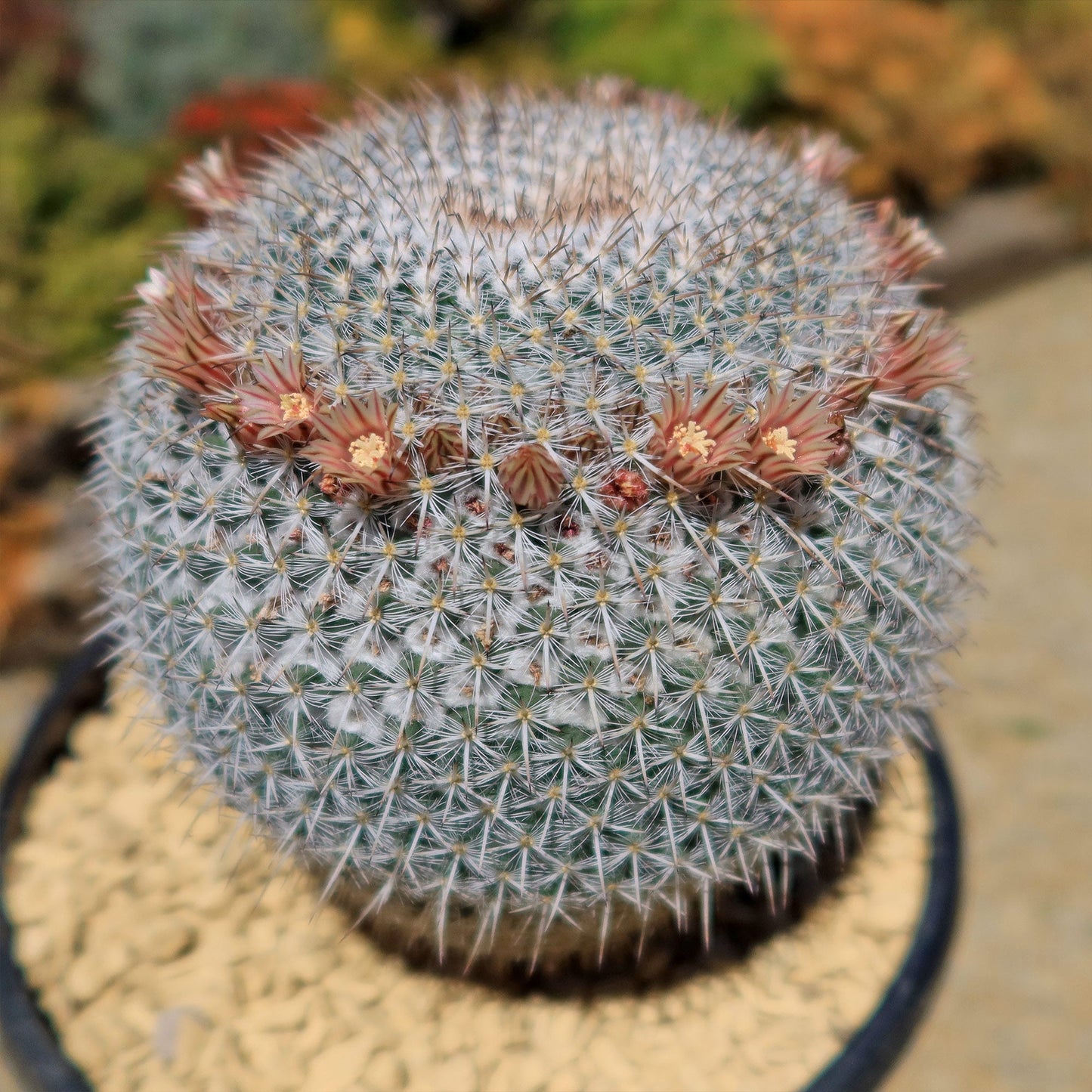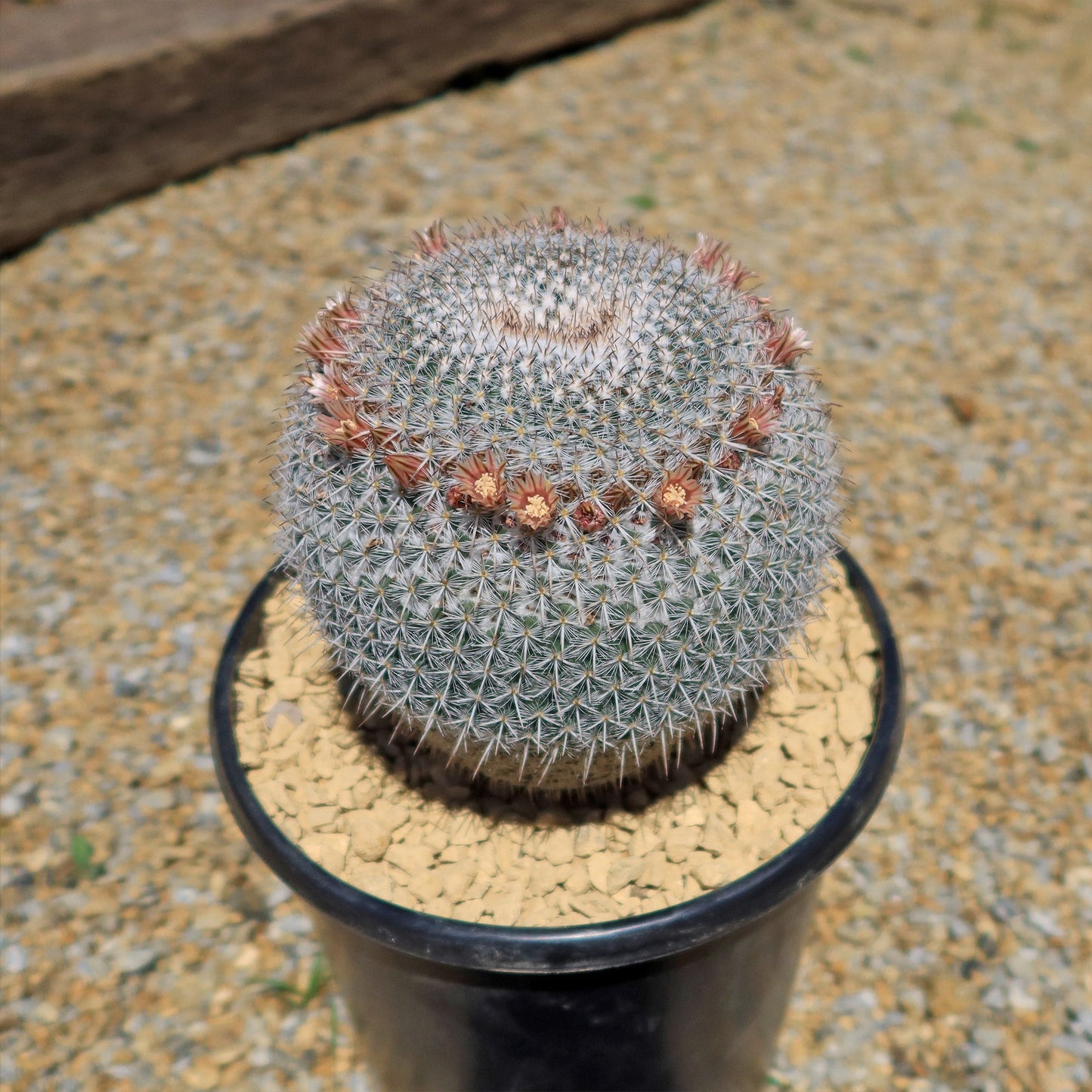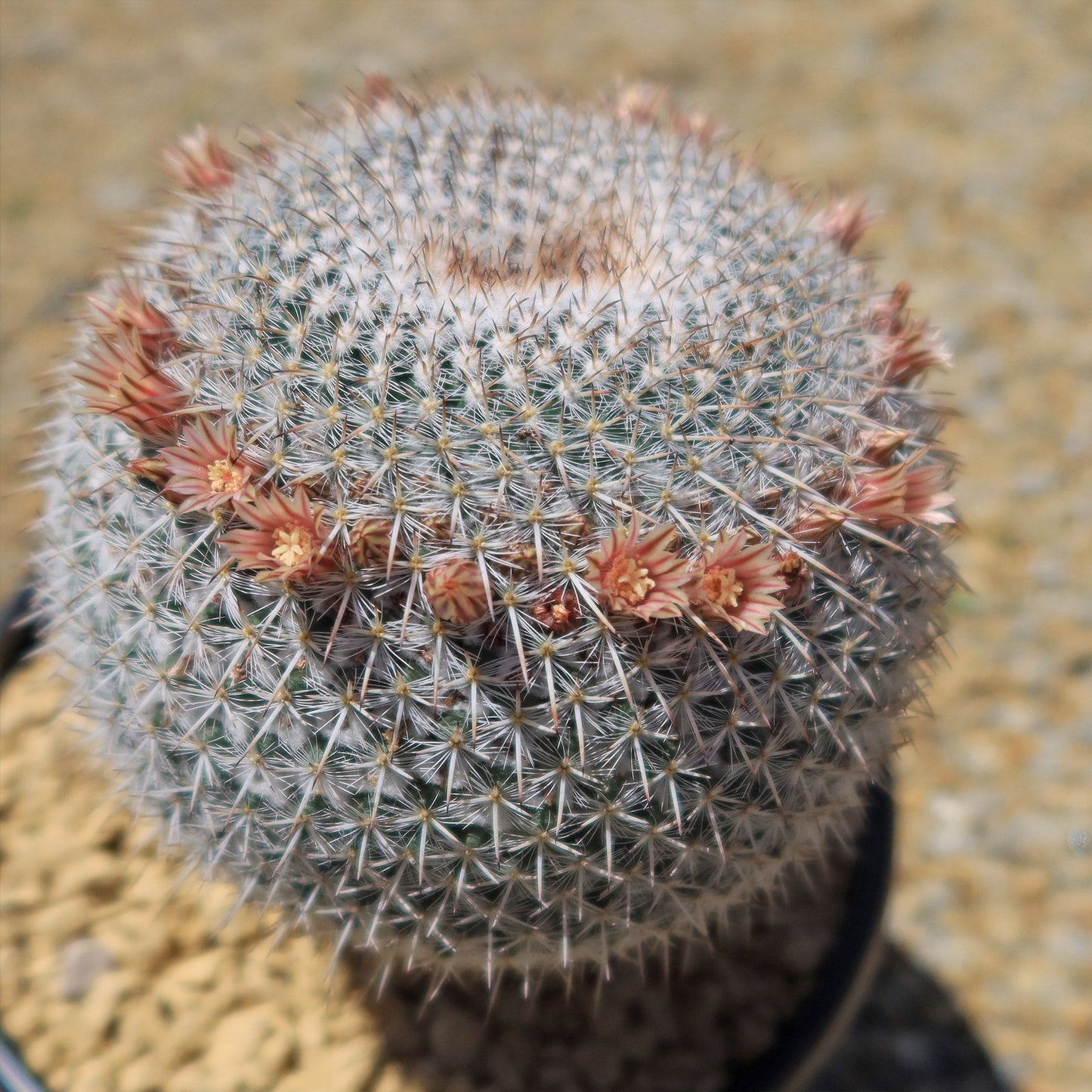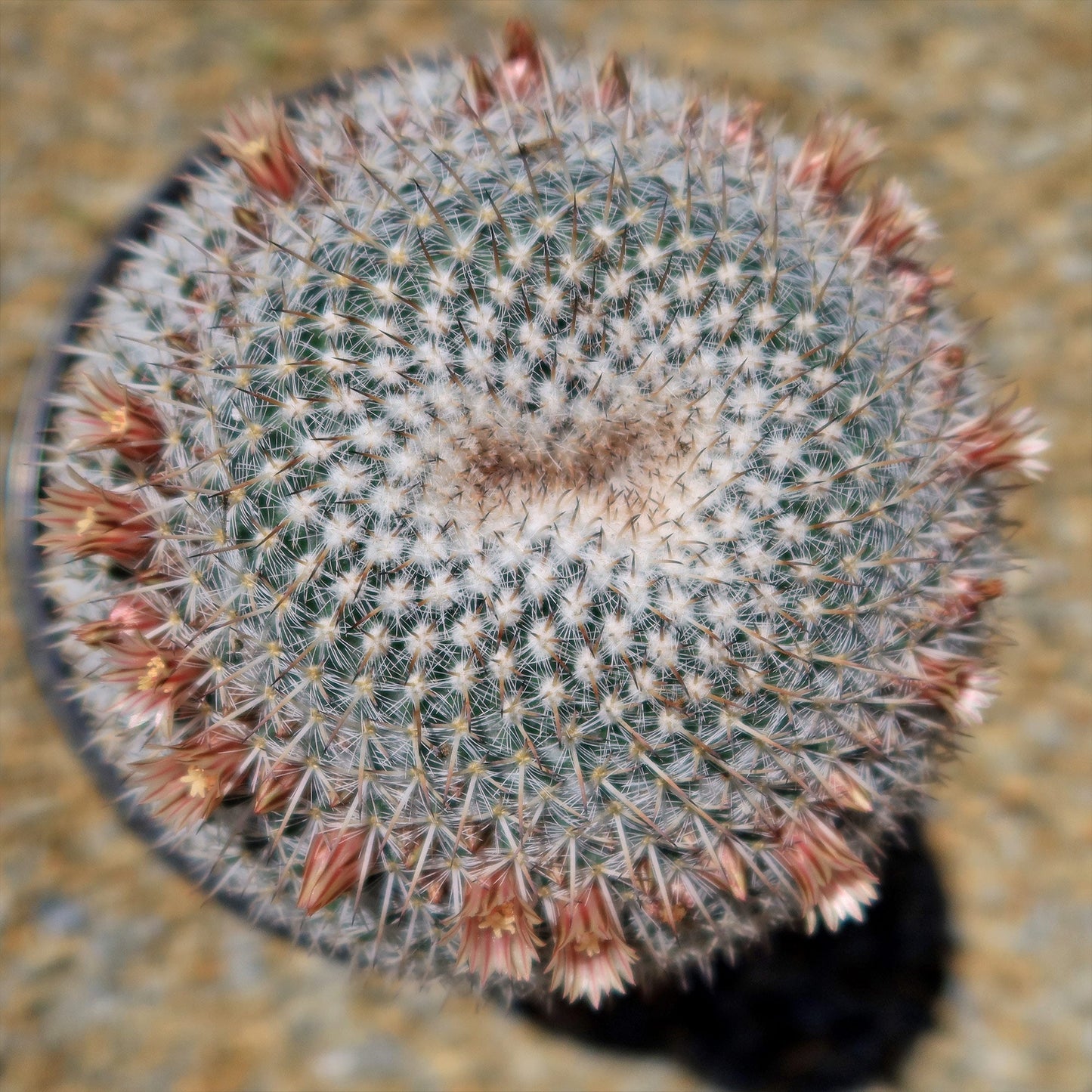mysite
Owl Eye Cactus 'Mammillaria Parkinsonii'
Owl Eye Cactus 'Mammillaria Parkinsonii'
Couldn't load pickup availability
If you are looking for a plant that is easy to grow or you are the type of person who forgets to water their plants,
Watering Needs
When it comes to watering the Owl Eye Cactus - Mammillaria parkinsonii, it's important to be mindful of its specific needs. This cactus owl prefers a drier environment, so it's best to water it sparingly. Allow the soil to completely dry out between waterings to prevent overwatering and potential root rot.
During the active growing season, which is typically spring and summer, you can water the Mammillaria cactus once every two to three weeks. However, always check the moisture level of the soil before watering to ensure it's truly dry. In the winter months, when your cactus goes into dormancy, reduce watering frequency even further to once a month or less.
Remember, it's better to underwater than overwater this cactus. If in doubt, it's safer to wait a little longer before watering again. Providing proper drainage is also crucial, as excess water should be able to flow out of the pot to prevent waterlogged soil.
Light Requirement
When it comes to light requirements, the Owl Eye Cactus loves bright, indirect sunlight. It thrives in a spot where it can receive plenty of bright light throughout the day, but it's important to avoid placing it in direct sunlight, especially during the hottest parts of the day.
A south-facing or east-facing window is usually a great choice for this Mammillaria cactus, as it provides the right amount of light without exposing it to intense rays that could potentially burn the owl eye plant. If you don't have access to a suitable window, you can also use artificial grow lights to provide the necessary light for your cactus.
Keep in mind that the amount of light needed may vary depending on your specific location and climate. Observing the owl's eye cactus for any signs of sunburn or etiolation (stretching towards light) can help you determine if it's receiving the right amount of light. Adjust the placement accordingly to ensure it's getting the optimal light conditions.
When it comes to the optimal soil and fertilizer needs for the Owl Eye Cactus, it's important to provide well-drained soil that mimics its natural habitat. A mixture of cactus potting mix and perlite or coarse sand works well to ensure good drainage and prevent waterlogged soil. Instead, make or buy a well-draining potting mix, or ideally use our that contains 5 natural substrates and mycorrhizae to promote the development of a strong root system that helps your cactus to thrive.
For fertilizing, it's best to go easy on the owl-eye cactus. This mammillaria parkinsonii cactus doesn't require frequent fertilization and can actually thrive in nutrient-poor conditions. During the active growing season in spring, you can use a balanced cactus fertilizer once a year. Remember, it's always better to under-fertilize than over-fertilize this cactus. If you notice any signs of fertilizer burn, such as yellowing or wilting, reduce the frequency or strength of the fertilizer.
Hardiness Zone & More
The Mammillaria parkinsonii is native to arid and dry conditions and is generally hardy in USDA hardiness zones 9–11; which means it can tolerate temperatures as low as 20°F to 40°F
As for humidity, the Owl Eye Cactus is adapted to low-humidity environments and can tolerate dry air. It doesn't require high levels of humidity and can thrive in average indoor humidity levels. Remember to always monitor the temperature and humidity conditions in your specific location to ensure the optimal growth and health of your Owl Eye Cactus.
We think you will love this cactus plant – order your very own Mammillaria parkinsonii - owl eye cactus today and start enjoying its beauty in no time!
Share
